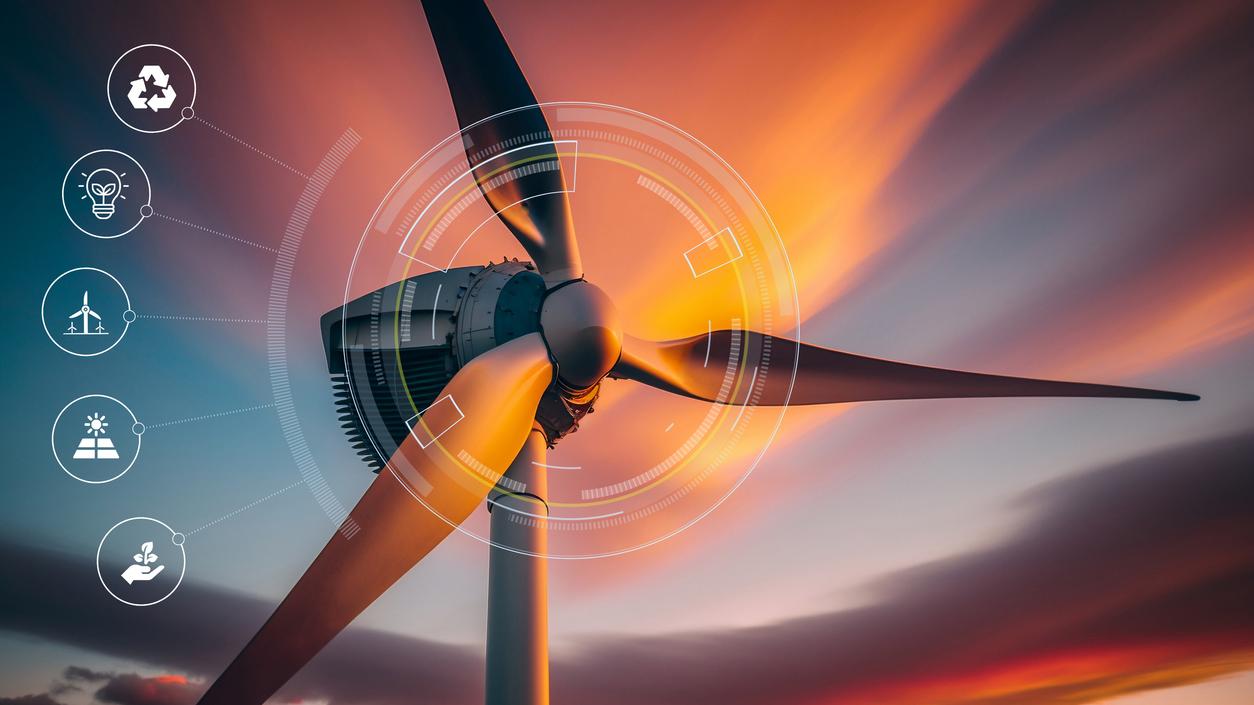Services
Advisory
We have a powerful mergers and acquisitions practice that delivers world class advisory services to our clients in North America and around the world.
With over 100 experienced professionals in 33 of offices around the world, our mergers and acquisitions team works closely with our sector specialists and other product professionals to provide clients with our best in class strategic advice.
LEARN MORE
Advisory
We have a powerful mergers and acquisitions practice that delivers world class advisory services to our clients in North America and around the world.
With over 100 experienced professionals in 33 of offices around the world, our mergers and acquisitions team works closely with our sector specialists and other product professionals to provide clients with our best in class strategic advice.
LEARN MORE
Capital Raising
Access to capital is critical for your strategic plans and business success. Whether you're looking to finance an acquisition or bolster your liquidity, we can open the door to global capital markets.
We have decades of experience in Equity Capital Markets, Debt Capital Markets – Investment Grade as well as Leveraged Finance. Our clients include both public and private corporate issuers as well as Financial Sponsors and Pensions in North America and around the world.
Whatever your needs, we offer a broad array of financial solutions ranging from traditional loans and commitments to complex structured financing.
LEARN MORECarbon Markets
Purchase and apply environmental commodities, including carbon credits, against your emissions.
LEARN MORECarbon Markets
Purchase and apply environmental commodities, including carbon credits, against your emissions.
LEARN MORECredit Development
Our experts can help you create new revenue streams through your emissions reduction activities.
LEARN MOREGlobal Banks & Global Trade
Our Bank Coverage global team is BMO Financial Group's coordinating point for international bank-to-bank relationships.
LEARN MOREGlobal Banks & Global Trade
Our Bank Coverage global team is BMO Financial Group's coordinating point for international bank-to-bank relationships.
LEARN MOREInstitutional Investing
Our professional managers work closely with you to select investment options that help you achieve business success.
Using highly disciplined methods, we provide top-ranked research and strategy, trade liquidity, sales and trading along with innovative product structuring.
As a leading equity broker-dealer, we deliver objective, independent advice, exceptional service and superior execution that support you as you navigate the markets.
LEARN MOREInvestment Products
Our team of highly experienced derivative market professionals can design and customize structured products that fit your specific investment manufacturer and investor needs. We provide a complete range of solutions that offer the asset classes, capital protection, terms and return profiles that today’s astute investors are searching for in the market.
LEARN MOREInvestment Products
Our team of highly experienced derivative market professionals can design and customize structured products that fit your specific investment manufacturer and investor needs. We provide a complete range of solutions that offer the asset classes, capital protection, terms and return profiles that today’s astute investors are searching for in the market.
LEARN MOREMarket Risk Management
BMO Capital Markets helps you manage risk with integrated debt, currency, interest rate and commodity solutions.
We also provide efficient funding and liquidity management to our corporate, institutional and government clients.
LEARN MOREResearch & Strategy
Our top-ranked equity, economic and corporate debt research is widely recognized for its high quality and independence.
We combine a deep understanding of the individual companies and markets we cover with the ability to provide up-to-the-minute insights and information.
LEARN MOREResearch & Strategy
Our top-ranked equity, economic and corporate debt research is widely recognized for its high quality and independence.
We combine a deep understanding of the individual companies and markets we cover with the ability to provide up-to-the-minute insights and information.
LEARN MORESustainable Finance
Our team of experts work closely with you to bring a sustainability lens to all of your capital markets needs via lending, bond issuance, public offering and advisory services. We are proud to work with you to examine the issues, explore ideas and provide innovative options to achieve your objectives.
LEARN MORESustainability Advisory
Get the support and guidance required to achieve your emissions reduction goals with our Sustainability Advisory experts. We’ll help you design and implement environmental strategies to help you minimize costs, optimize value and execute innovative decarbonization plans.
LEARN MORESustainability Advisory
Get the support and guidance required to achieve your emissions reduction goals with our Sustainability Advisory experts. We’ll help you design and implement environmental strategies to help you minimize costs, optimize value and execute innovative decarbonization plans.
LEARN MORETreasury Services
Leading companies are always looking to maximize efficiency and gain control over a vital asset: cash. Wherever you do business, BMO Capital Markets offers innovative, integrated treasury services solutions that are tailored to your specific needs.
LEARN MOREAbout Us
35
2700
About Us
BMO Capital Markets is a leading, full-service North American-based financial services provider. We offer corporate and investment banking, treasury management, as well as research and advisory services to clients around the world.
Culture
Culture
At BMO Capital Markets, we are committed to fulfilling our responsibilities to our clients, our employees and the communities in which we operate.











